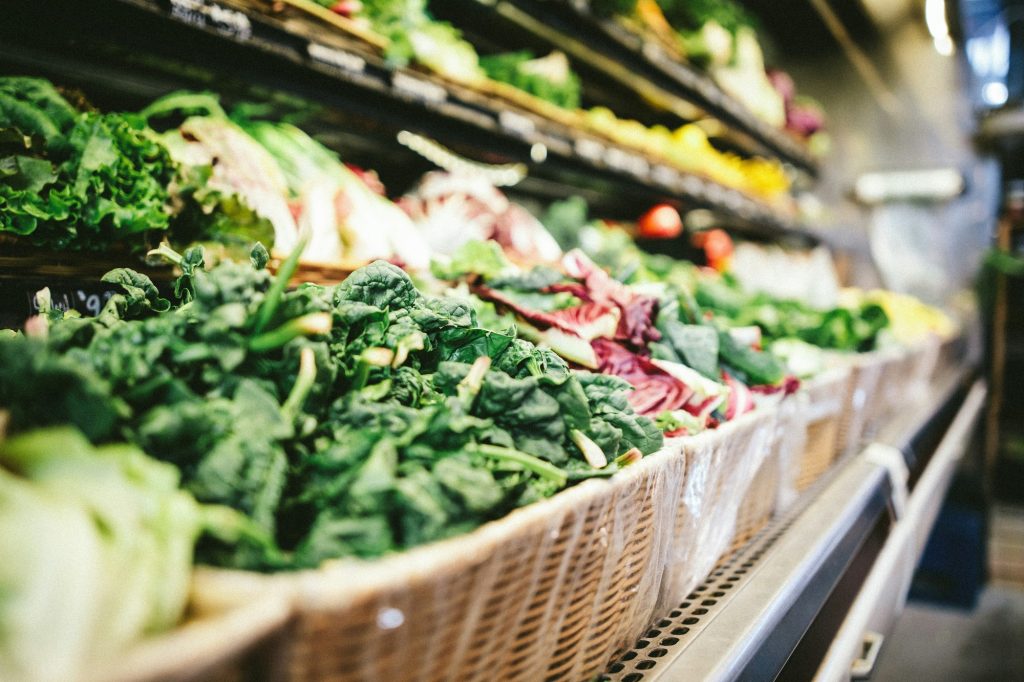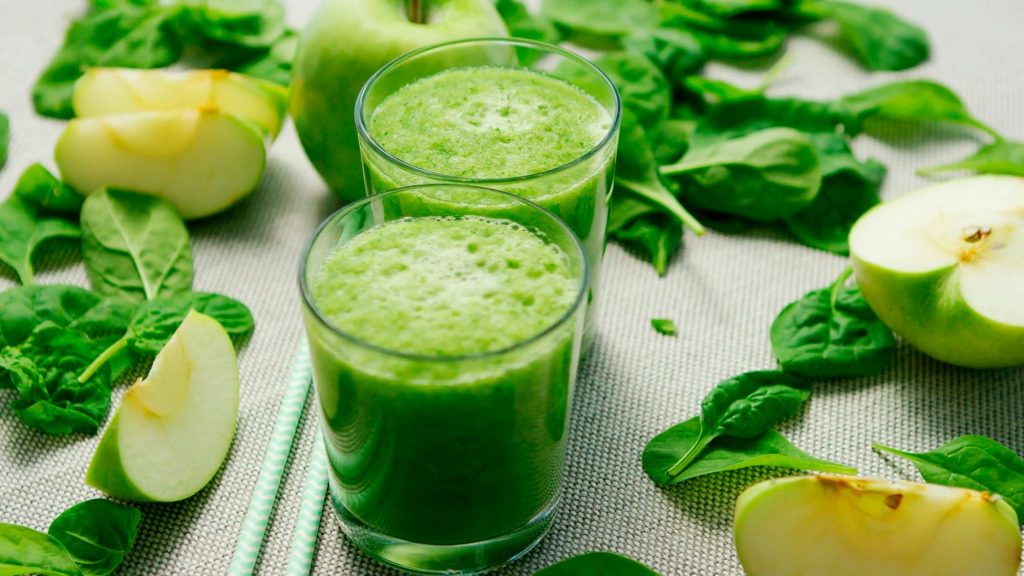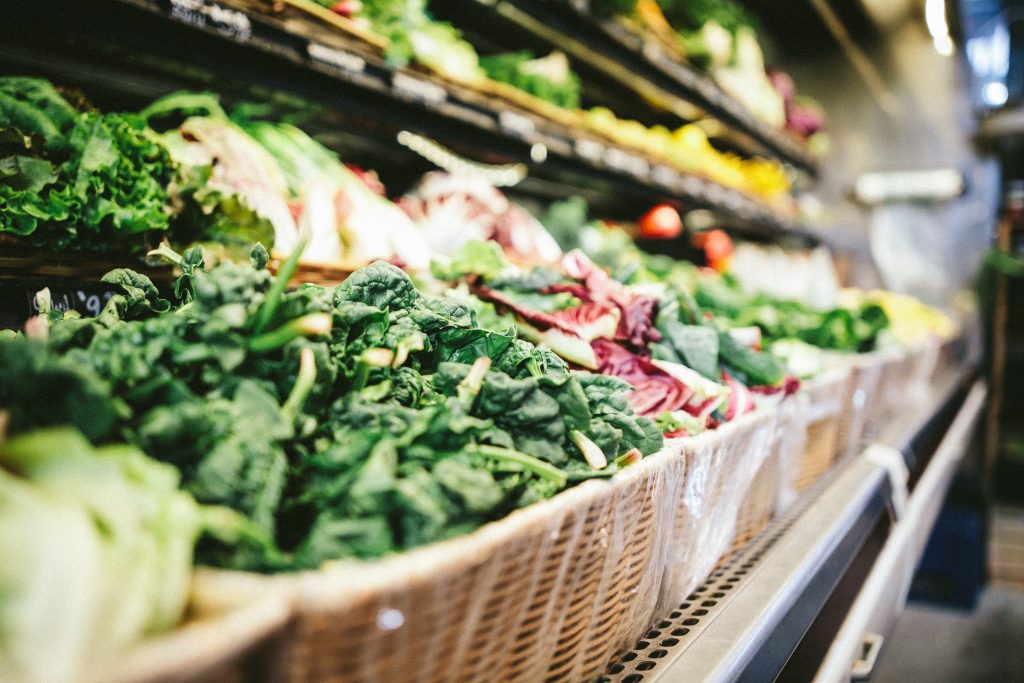
You slide a bowl of broccoli across the table and brace for the grimace. The fork goes untouched. The broccoli is eventually smuggled under a napkin…or worse, fed to the dog. Sound familiar?
Whether you’re dealing with a toddler who survives on crackers and cheese or a partner who acts personally offended by spinach, getting veggies into your family’s meals can feel like a full-time job. And even when we do manage to sneak a few green things onto the plate, they often end up untouched.
But here’s the good news: with a little strategy (and a few blender tricks), it’s not just possible to sneak vegetables into meals. It’s possible to make them the star ingredient without anyone noticing. Let’s talk about how.
First, Let’s Ditch the Guilt
There’s nothing wrong with hiding veggies. In fact, it’s a parenting survival skill. Some kids (and grownups) just need more time, exposure, and creativity to build a positive relationship with nutritious food.
Sneaking vegetables into your meals isn’t about trickery. It’s about opportunity. You’re building familiarity through taste, texture, and repetition. Over time, that exposure helps develop a more adventurous palate. It’s not cheating. It’s strategic parenting.
Now, onto the good stuff.
1. Blend Veggies Into Sauces and Soups
One of the easiest ways to sneak in vegetables is by blending them right into things your family already eats and loves.
- Mac and cheese: Stir in puréed butternut squash, sweet potato, or cauliflower with your cheese sauce. It adds a creamy texture and bonus nutrients, and the color matches so well, no one will question it.
- Tomato sauce: Toss in cooked carrots, spinach, mushrooms, or zucchini and blend until smooth. The veggies deepen the flavor and mellow the acidity of tomatoes—a win-win.
- Soup bases: Pureed vegetables like carrots, peas, broccoli, or cauliflower blend beautifully into broths. They thicken the soup and make it more filling without changing the familiar flavor too much.
Pro tip: Use a high-speed blender or immersion blender for ultra-smooth results—chunky “mystery bits” are where suspicion begins.
2. Bake Them Into Breakfasts and Snacks
Who says veggies only belong at lunch and dinner? Sweet treats and breakfasts offer perfect low-pressure spots to tuck in a serving or two.
- Muffins and quick breads: Zucchini bread, pumpkin muffins, and carrot cake are classics for a reason. Add flaxseed or grated apple for extra fiber and moisture.
- Pancakes and waffles: Blend spinach or pumpkin into the batter. A handful of spinach turns pancakes a fun green that kids may love (especially if you call them “Hulk cakes”).
- Brownies: Believe it or not, puréed black beans, sweet potato, or even avocado can make brownies rich and moist without tasting “healthy.”
These kinds of bakes are ideal for school lunches or afternoon snacks—and no one has to know their “treat” came with a serving of vegetables.
3. Stuff It, Mix It, Wrap It
If blending and baking aren’t your thing, don’t worry. You can still sneak veggies in with some clever layering and wrapping.
- Quesadillas and grilled cheese: Add a thin layer of finely chopped spinach or grated zucchini between the cheese and tortilla or bread. Once melted, it disappears into the gooey goodness.
- Meatballs, burgers, and meatloaf: Finely chopped mushrooms, carrots, or bell peppers mix easily into ground meat without altering the taste. They add moisture, stretch your portions, and boost the nutrition.
- Egg muffins and frittatas: Eggs are a fantastic vehicle for vegetables. Throw in anything you have—onions, tomatoes, spinach, kale, bell peppers—and bake into bite-sized portions.
This method is also perfect for leftovers: just chop, mix, and reimagine last night’s roasted veggies into something new.

4. Make Smoothies That Pack a Secret Punch
Smoothies are a classic veggie-delivery system, and for good reason. The trick is to balance the greens with fruit so the texture is smooth and the taste is still sweet and fresh.
- Start with a base: banana, mango, or pineapple help mask flavors.
- Add your veggie: spinach, kale, avocado, beets, or even frozen cauliflower rice (yes, really. It’s flavorless but adds creaminess).
- Toss in extras: nut butter, yogurt, chia seeds, or protein powder can make it a full meal.
Don’t forget to give it a fun name. A “Green Power Potion” or “Pink Princess Smoothie” goes down way easier than a “kale smoothie with flax.”
5. Let Kids Help—But Stay in Control
One way to reduce mealtime resistance? Involve your kids in the prep process. Let them pick the veggie you’ll “sneak” in today. Give them tasks like tearing spinach or stirring sauce. The more familiar they are with the ingredients, the less mysterious (and scary) they become.
But here’s the key: don’t oversell it. You risk triggering suspicion if you make a big deal about what’s hidden inside. Instead, focus on taste. Say things like, “This is extra creamy today,” or “I tried a new recipe!” Then, let them discover they love it on their own.
Don’t Forget the Long Game
Sneaking veggies isn’t about avoiding confrontation forever. It’s about creating a bridge. The more exposure your family has to vegetables (even in hidden form), the more likely they are to accept them on their own terms one day.
It might start with spinach blended into pasta sauce. Then maybe it’s sautéed into scrambled eggs. Eventually, it becomes a salad they actually request.
It’s a process. But every small win counts.
What’s your go-to trick for getting veggies into picky eaters?
Read More:
The Picky Eater: You Can Get Them to Eat Their Vegetables If You Do This
Stop Buying This: 6 Food Items That We Think Are Healthy but Are Bad for Our Children
Riley is an Arizona native with over nine years of writing experience. From personal finance to travel to digital marketing to pop culture, she’s written about everything under the sun. When she’s not writing, she’s spending her time outside, reading, or cuddling with her two corgis.



















